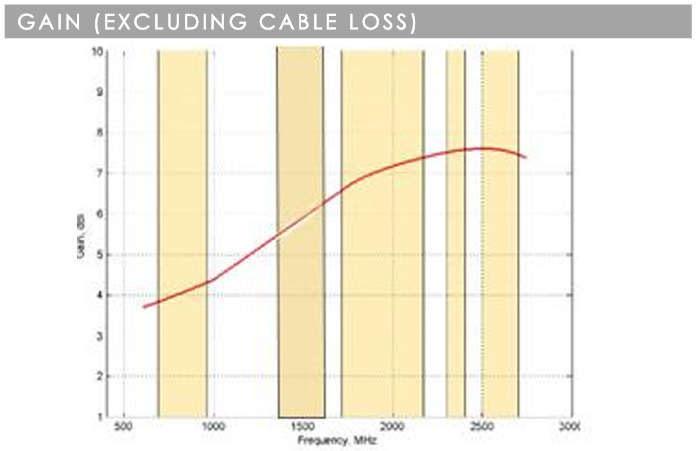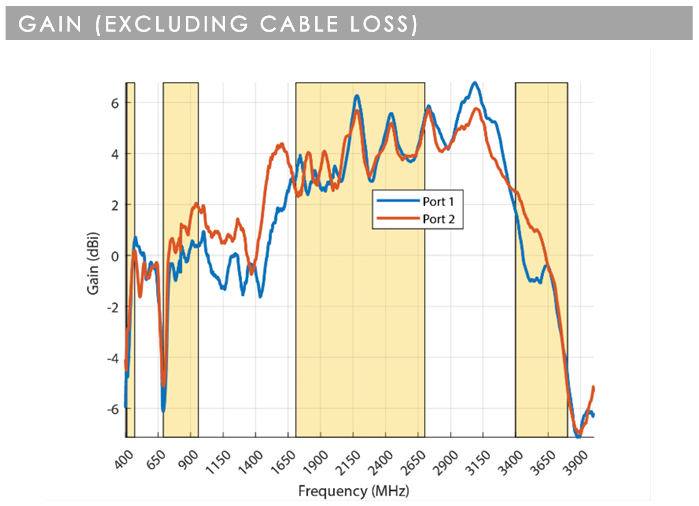Hello,
Thank you for reaching out!
In your case, the better option might be to go with OMNI-400, as it seems to be oriented more toward the lower-frequency bands, which you'll mainly be using when further from the shore. The advertised gain mostly applies to higher frequency bands, and when the cellular towers are far away, you'll most likely be using lower bands in the 600-900MHz range.
Here is the gain chart for the OMNI-400:

And here is for OMNI-402:

Notice the dip in the OMNI-402 chart, if you decide to go with this option, make sure, that this dip in the low frequencies does not overlap with your carrier frequencies. Antennas for low-band operation can be identified by "Band 71" markings on the Poynting descriptions, and only OMNI-400 supports this range.
I'd also consider going with OMNI-902, as it supports both low-band frequencies and sub-6GHz 5G signals, which could be useful for future-proofing. It also supports 2x2 MIMO, which aids greatly in the areas with poorer coverage.
Hopefully, this helped! Have a nice holiday!
Best regards,
DaumantasG